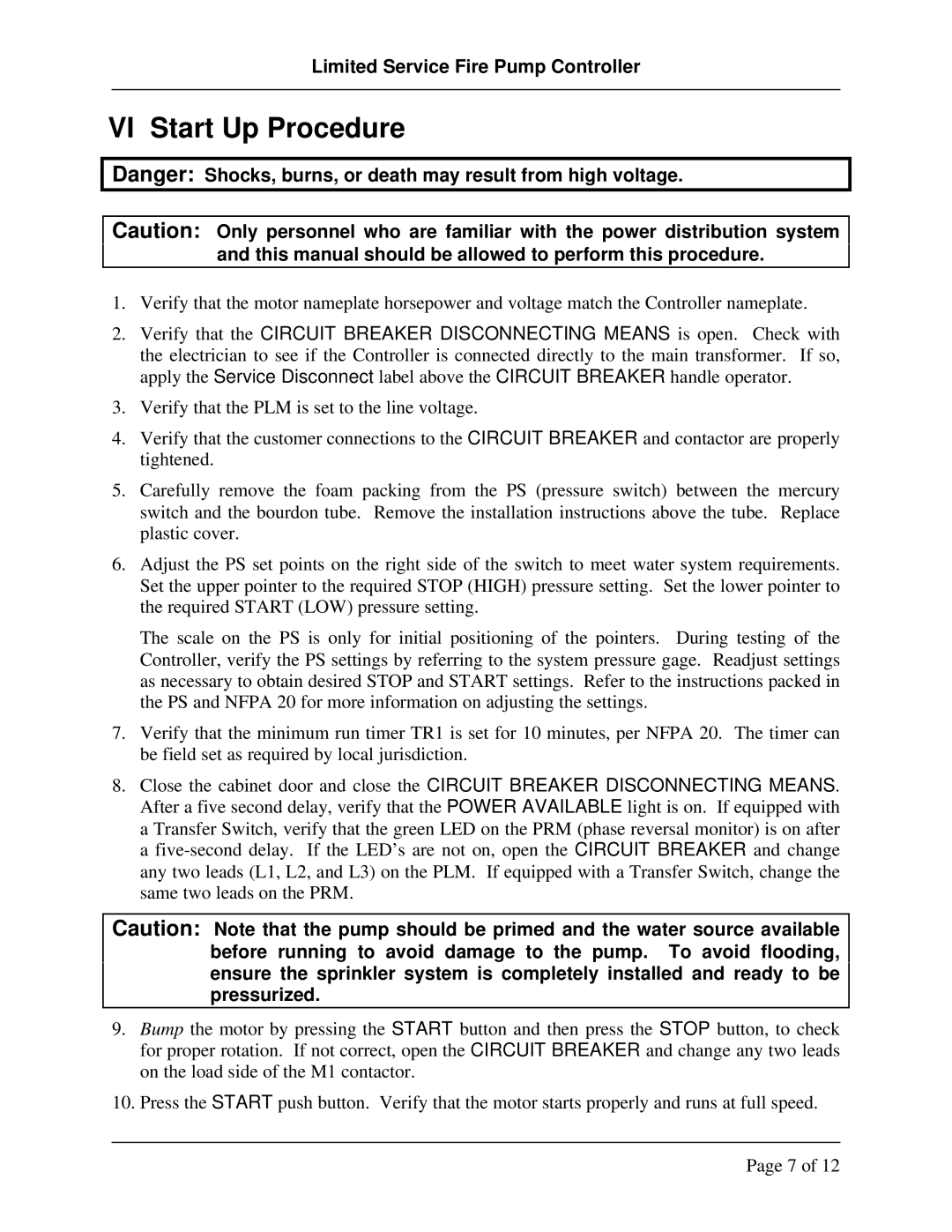LX-1500 specifications
The Hubbell LX-1500 is a cutting-edge LED lighting solution designed for a diverse range of commercial and industrial applications. This robust fixture is widely recognized for its energy efficiency, durability, and optimal performance, making it an ideal choice for environments that demand high-quality illumination.One of the standout features of the LX-1500 is its innovative LED technology, which provides significant energy savings compared to traditional lighting options. The fixture is engineered to produce high lumen output while consuming minimal wattage, leading to reduced energy costs and a lower environmental impact. The LX-1500’s long lifespan further enhances its efficiency, minimizing the need for frequent replacements and lowering overall maintenance expenses.
The design of the LX-1500 encompasses advanced thermal management technology. This ensures that the fixture can operate effectively in challenging environments, dissipating heat efficiently to maintain optimal performance over extended periods. This thermal management not only protects the LED components but also enhances the overall reliability of the fixture.
Another remarkable characteristic of the Hubbell LX-1500 is its versatility. It is available in a variety of configurations and mounting options, including pendant, surface, and wall-mounted setups. This adaptability allows users to tailor the installation based on specific needs, whether it be for a warehouse, manufacturing facility, or retail space.
The LX-1500 is also equipped with advanced optical technologies that enhance light distribution and reduce glare. Its precision-engineered lenses provide uniform illumination, ensuring that areas are lit adequately while promoting safety and productivity. Moreover, the fixture’s modern aesthetics make it a visually appealing addition to any space.
In summary, the Hubbell LX-1500 is an exceptional lighting solution that combines energy efficiency, durability, and adaptability. With its state-of-the-art LED technology, effective thermal management, and versatile design, the LX-1500 stands out as an ideal choice for organizations looking to enhance their lighting systems while reducing operational costs. Whether in industrial, commercial, or institutional settings, the LX-1500 delivers reliable performance and outstanding illumination.

